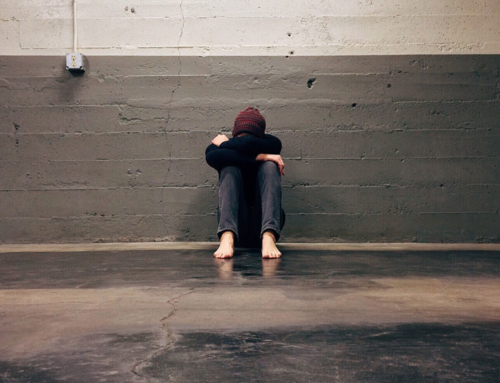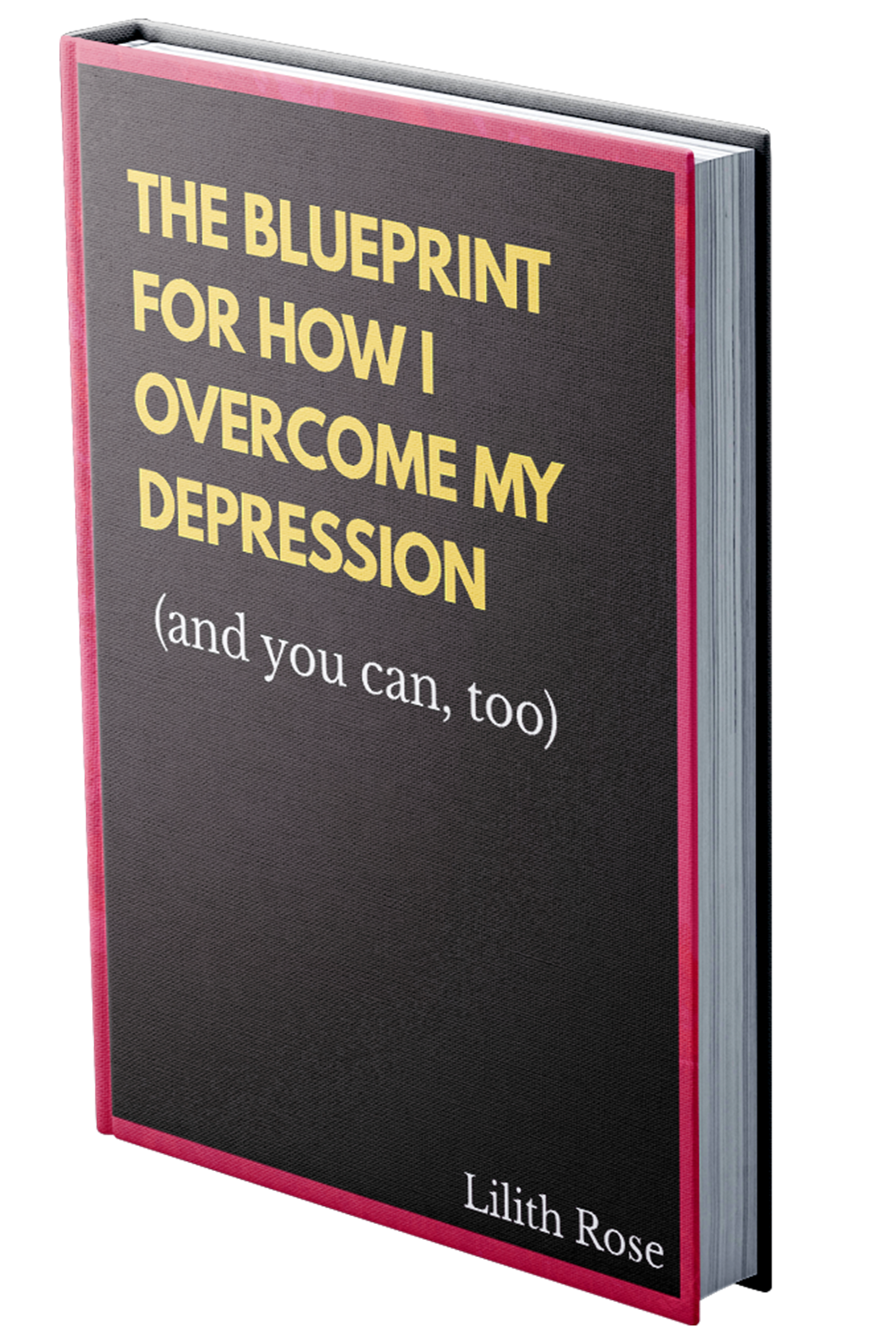1. Percentage of Those Depressed – 29.9% – Page 12
This is the first item that I looked for, and I thought for sure it’d be higher than the past report. I was somewhat surprised, however, to learn that the number–29.9%–is the same as last year. And at first, I was elated to see that it wasn’t higher, but then saddened to realize that the number is still far too high. Almost 1 in every 3 of our teens are clinically depressed. Let that sink in for a moment. Other facts in this category, like the prevalence of having felt sad or hopeless for two weeks or more (which is generally when someone is considered clinically depressed), were higher among female (39.8%) than male (20.3%) students.
What you can do: Educate yourself and be open about what depression really is, and if you ever notice the signs in your friends or children, say something to them or someone you trust.
2. Attempted Suicide – 8.6% – Page 13
This is the next important stat I was interested in. Unfortunately, we saw a 0.6% percent increase from last year’s 8%. This means roughly 1 in 12 teens have tried to kill themselves. I know that a 0.6% increase might not seem like much, but out of the 19.8 million students enrolled in high school last year, that means 118,800 more teens attempted suicide, which makes a grand total of 1,702,800. Almost 2 million precious lives in danger! NOT good.
What you can do: Follow my suggestion in #1 above and also take every threat or hint of suicide seriously. If you’re ever worried about someone, don’t be afraid to ask the question, “Are you suicidal?” If you’re a teen and your friend admits to having thoughts of self-harm–or even if you are still concerned for his or her safety after a denial to the question–notify a responsible adult or call 911 immediately.
3. Current Alcohol Use – 32.8% – Page 19
I’m including this category on my list because a common question I’m asked is whether addiction causes depression or the other way around. Unfortunately, it depends on the situation, and we really just don’t know. But I firmly believe that the more we decrease teen drinking, the more likely it is that depression and self-medicating will decrease proportionately. But that’s just my opinion. The good news is that the numbers have dropped from 2013 (34.9%) to 2015 (32.8%), and significantly from 1991 (50.8%) to 2015 (32.8%). Finally, some good news.
What you can do: If you’re a parent, talk to your kid candidly about alcohol and the dangers of abusing it. If your teen is already drinking, take them to a therapist for a mental health assessment to make sure that’s not the root of the problem. And if you’re a teen, get out of bad situations before you lose control or become addicted. If you have an underage friend who drinks regularly, talk to your parents or a school counselor about the best way to approach the situation.
4. Body Image – Page 42
Another interesting (and saddening) section was about body image (“Obesity, Overweight, and Weight Control”). It states that 16% of students are overweight, yet 31.1% describe themselves as overweight.
What you can do: Never stop telling your kids (and/or the people around them) that they are beautiful. Of course, don’t be weird about it, but reassuring teens and preteens that they are indeed beautiful inside and out is a simple act that can have a big impact. And you know that we’re all about small yet powerful kinds of actions here.
So those are my observations and thoughts. I highly encourage you to take a look at the pdf yourself. You can even do a keyword search to find something in the report that you’re interested in (Control+F, or Command+F on a Mac, then enter the word or phrase you’re looking for). And please don’t assume that your children, friends, or even you will never fall into these statistics. I sincerely hope that never happens, but reality says that you will most likely know someone who struggles with one of these issues.
This study also reminds me just how serious this fight is and how much I need your support. I love receiving emails and messages from you, even if it’s just a short comment. It really encourages me to keep fighting on behalf of those who don’t have the strength right now to do it for themselves.
Live unashamed!






